Building a towering building requires laying a solid foundation that will support its structure before erecting it. Most of the time, this foundation is constructed with concrete not without the help of vicat apparatus. However, does the type of concrete make a difference? Without a doubt. Imagine the Burj Khalifa, which rises to an amazing height of 828 meters and weighs approximately 450,000 tons. In comparison to the cement used for laying the foundations of our homes and apartment buildings, the cement used in the world’s tallest building differs a lot. A concrete foundation used for residential construction would not be able to support the enormous weight of the Burj Khalifa.
A strong understanding of concrete quality in such grand constructions leads us directly to today’s discussion: the tools necessary to ensure it. We proudly present our latest advanced products, the Automatic Vicat Apparatus and the Manual Vicat Apparatus. They are not only useful for testing cement and concrete, but also for assessing mortar pastes. As concrete formulation partners, they are vital in research, quality inspections, and compliance assessments.
The Different Types of Materials Suitable for Vicat Testing
As previously mentioned, the testers can test a range of materials. Now let’s take a closer look at this list:
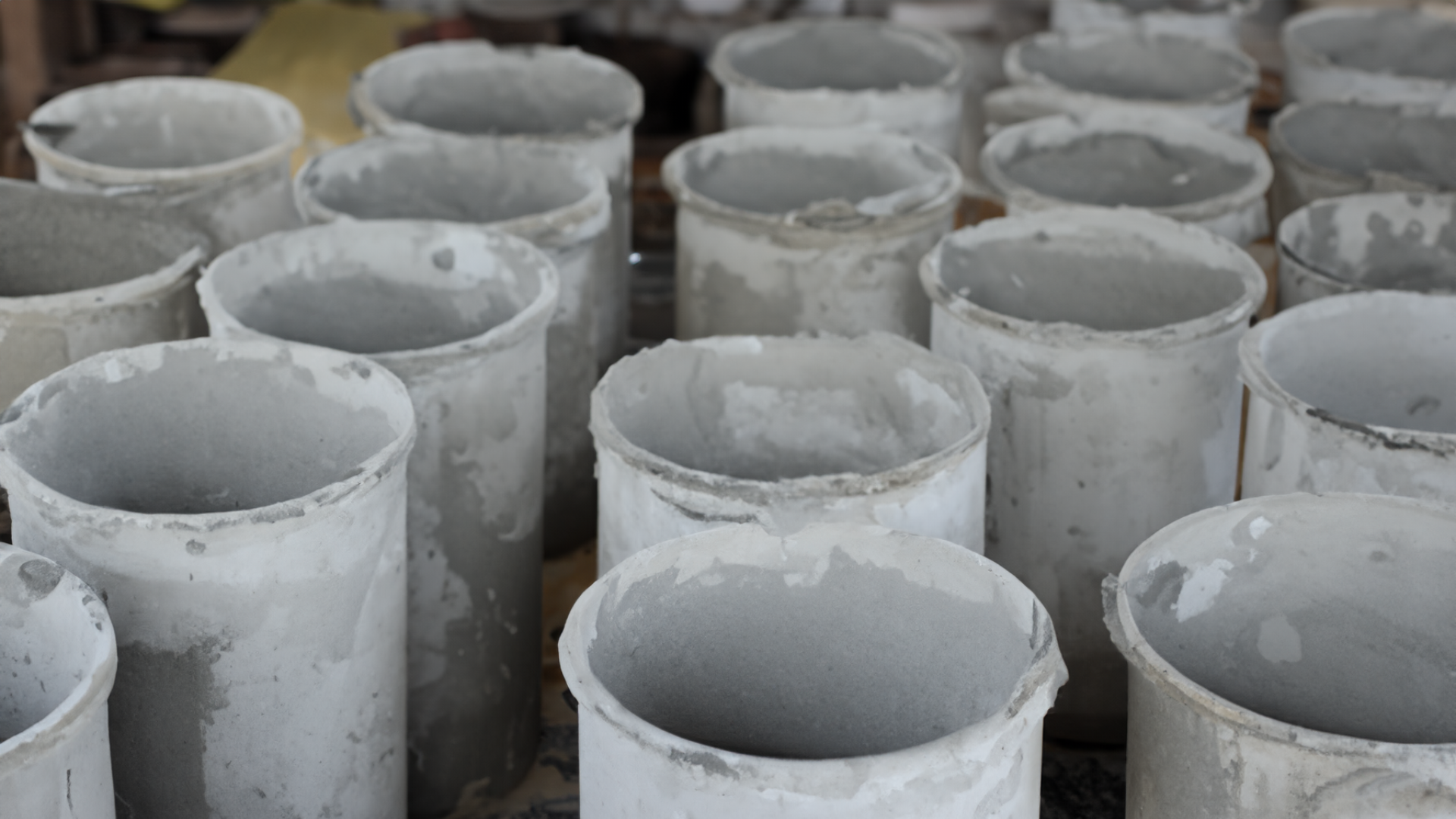
-
Cement: Cement quality is vital in the construction of residential buildings to grand structures such as the Burj Khalifa. With our Vicat Testers, you can accurately measure the initial and final setting times of different cement types. In doing so, you comply with the high standards required for various types of construction. Besides building foundations, we use cement for infrastructure projects, industrial constructions, and architectural developments. Our Vicat testers verify that the cement used in such diverse projects meets the necessary specifications for strength, durability, and safety.
-
Mortar Pastes: Because mortar is the adhesive for masonry, it needs to be tested for its setting times by Vicat Testers. In this way, the mortar will be tested to verify it provides the necessary bind strength and longevity to support structures for years to come. Mortar pastes are widely used in residential and commercial construction, historical restoration, and intricate brickwork. The correct setting time of masonry structures is essential for their structural integrity and longevity.
-
Gypsum: Gypsum is commonly used in interior construction due to its consistency. Testing ensures that gypsum will set correctly in a number of construction situations, such as the finishing of interior walls and decorative moldings. Both residential and commercial buildings extensively use gypsum in the construction of interior walls, ceilings, and decorative features. Smooth finishes and aesthetic appeal are dependent on its correct setting time.
Using Vicat Apparatus for Quality Checks and Research
Based on the previous talk, the Automatic Vicat Apparatus and Manual Vicat Apparatus aren’t just capable of testing cement, mortar, and gypsum. They also offer significant advantages in research and quality inspection.
Advanced Data and Precision in Research
This type of tester is invaluable in research environments due to its precision and advanced data processing capabilities. With its comprehensive software and technical features, the Automatic Vicat Apparatus allows for detailed, customizable testing procedures. The ability to program customized test profiles and adjust key parameters such as penetration points and rates facilitates in-depth analysis of materials. Clear visualization and documentation of results are enabled by the integrated graphics printer and data output options, which are essential to the accuracy and reproducibility of research.
Efficiency and Reliability in Quality Inspections
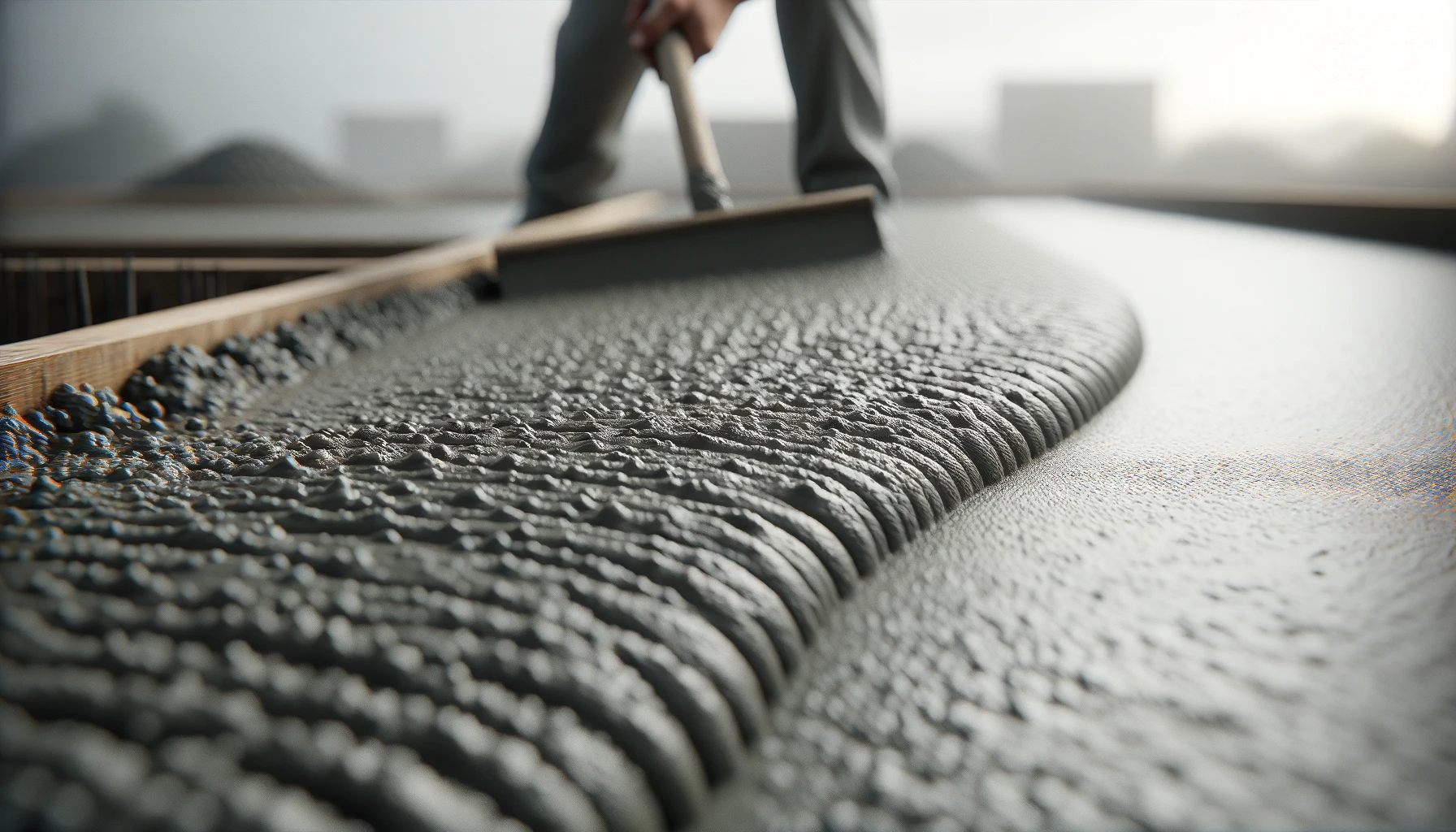
For quality inspections, these testers are highly reliable due to their automatic calculation of initial and final setting times, as well as their ability to work in high-humidity and temperature environments. Designed ergonomically, with an easy-to-use interface, and a large testing area, these systems allow quality inspectors to conduct thorough and swift assessments. Quality control requires efficiency, since time and accuracy are key factors.
Adapting to Industry Standards and Global Use
Both apparatuses comply with international standards, including EN and ASTM/AASHTO parts, making them suitable for use worldwide. Their ability to test and verify the consistency of gypsum, in addition to cement and mortar, broadens their application range. They are accessible to a diverse range of users due to their multilingual support and user-friendly calibration menu. As we move forward in our text, we will explore the significance of these international standards and how Vicat Testers align with global testing protocols.
International Standards for Vicat Consistency Testers
ASTM Standards
Vicat Consistency Testers are validated and used in compliance with ASTM standards (American Society for Testing and Materials). Vicat Testers are subject to the following ASTM standards:
-
ASTM C191: The purpose of this standard is to describe the procedure for determining the setting time of hydraulic cement using a Vicat needle. A standard methodology for determining the setting time is defined by specifying the apparatus, materials, preparation, and procedures for the test.
-
ASTM C187: Designed to define the consistency of cement paste, this standard provides guidelines for determining the normal consistency of cement paste.
EN Standards
As another comprehensive set of standards Vicat Testers meet, the European Norms (EN) guarantee their applicability and reliability in Europe and globally. Among the most important EN standards is this one:
-
EN 196-3: It specifies methods for determining the setting times of cement using the Vicat needle, which is particularly relevant for Vicat Testers. Cement setting times can be evaluated uniformly across different regions through consistency in testing procedures.
Other Standards
Additionally, Vicat Testers are compliant with other international standards, expanding their use and scope. Here are a few examples:
-
DIN Standards: Specifically, DIN 1168, which is used for testing plaster, requires specific procedures and requirements for the Vicat needle test.
-
BS (British Standards) and NF (French Standards): In addition to providing additional guidelines for testing procedures, these standards help Vicat Testers meet the requirements of different regions.
Vicat Consistency Testers are indispensable in the global field of construction material testing due to these international standards. As a result of these standards, they can also perform under various conditions in different settings, making them indispensable for research and quality inspections.
Overview of the Automatic Vicat Apparatus
The more detailed section of our overview begins with a detailed examination of our first product, the Automatic Vicat Apparatus, also known as Vicatronic. The apparatus is at the forefront of innovation in the testing of construction materials such as cement and mortar.
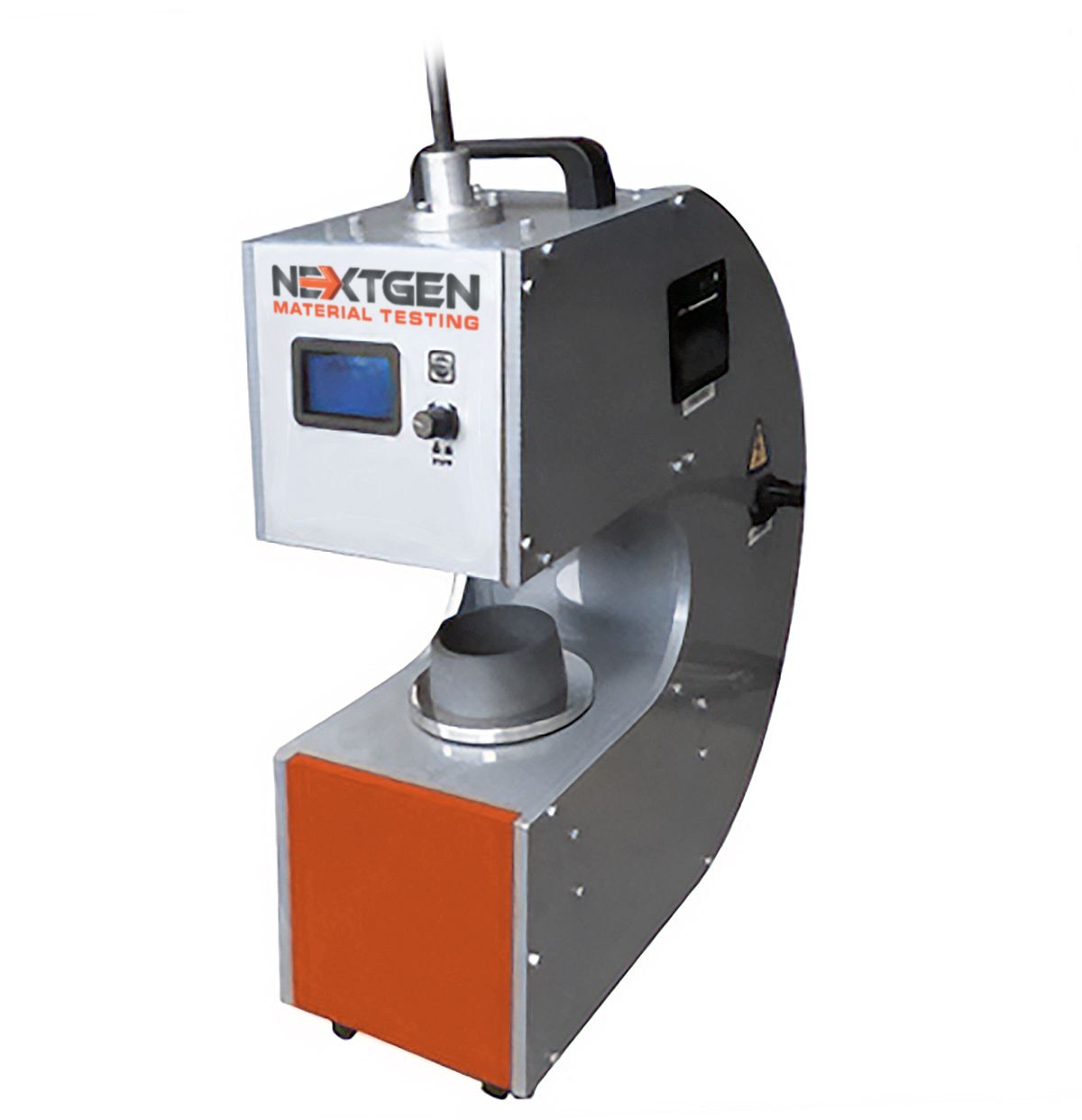
The Vicatronic is an embodiment of the most advanced technology, specifically designed to automate the process of determining the setting times of types of cement or mortar pastes. The apparatus is designed to operate efficiently in environments with high humidity, up to 90%, and at temperatures of at least 20°C, thanks to its robust, anti-corrosion components. Following EN Specifications, this feature ensures its versatility and reliability in diverse testing environments.
An important feature of the Vicatronic is its ability to precisely determine the setting time of cement, mortar, and gypsum. Construction material testing requires this parameter to ensure quality during inspection and verification processes. This apparatus is based on the innovative CVI-TECH concept, where a needle or probe descends at regular intervals into a cement sample. This sensor offers 0.1 mm resolution, making it a valuable indicator of how well the material is setting.
With each passing hardening stage, the Vicatronic determines the depth of penetration that has decreased as the material hardens. As soon as this depth is aligned with predefined thresholds set by industry standards, the initial and final setting times are precisely measured and recorded. Through this method of tracking and recording, quality standards are met during the setting process of the material.
Features of the Automatic Vicat Apparatus
Now our objective is to provide a comprehensive and detailed understanding of the Automatic Vicat Apparatus. To enhance clarity, these are categorized into aspects related to technology, design, software, and configuration, as well as additional features.
Technology and Design
-
Innovative Design: CVi-TECH’s Automatic Vicat Apparatus is designed with functionality and ergonomics in mind. Using this design approach, the apparatus is user-friendly and delivers top performance, so it is accessible to users of varying levels of experience. During testing procedures, the ergonomic design reduces operator fatigue and increases efficiency.
-
Advanced Electronics: The apparatus is powered by cutting-edge electronic technologies that provide superior performance and flexibility. The system’s design strikes a balance between sophistication and simplicity, making it accessible regardless of technical proficiency. Testing results are reliable and consistent thanks to this integration of advanced electronics.
-
Intuitive Interface: In addition to the large 4.3″ touchscreen color display for local mode operation, the device offers a dual-interface system for easy operation. The interface’s intuitive design facilitates navigation and adjustments during testing. Further convenience is provided by a remote mode that can be operated via a PC, enabling remote monitoring and control.
Software and Configuration
-
Comprehensive Software: The apparatus is equipped with VICASOFT-BASIC software for handling complex data sets. VICASOFT-PREMIUM software can be upgraded to enable the connection of up to 32 independent units to a single PC via a LAN port and hub. Using this feature, you can create a multi-test network, maximizing laboratory productivity and allowing you to control multiple tests at once.
-
User-Friendly Configuration: Users can easily set up and store test profiles, which simplifies the testing process. With this functionality, the apparatus can be adapted to suit a large number of testing requirements.
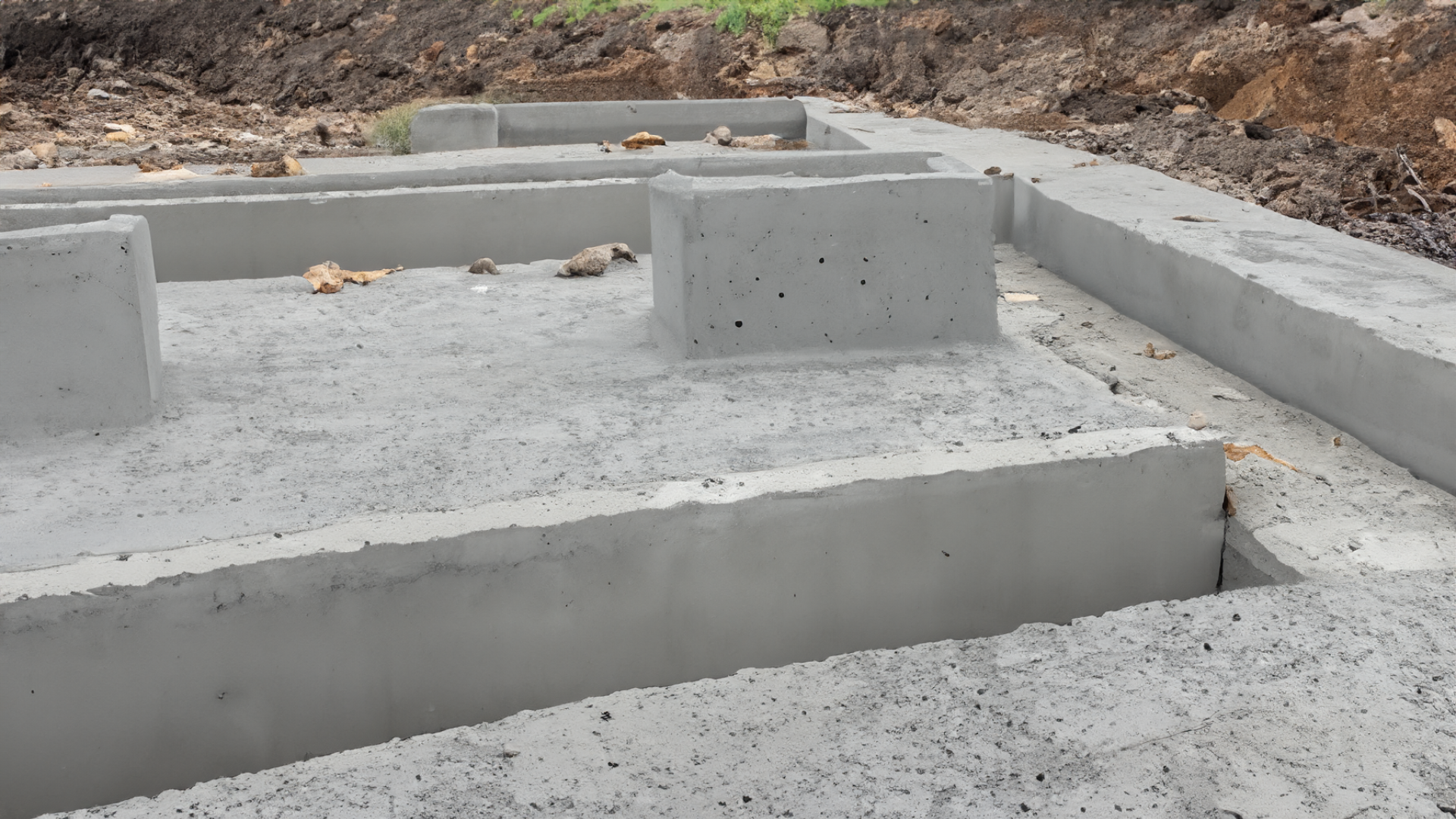
Additional Features and Versatility
-
Integrated Graphic Printer: Test results can be displayed numerically as well as plotted on an optional integrated graphic printer. Providing a clear and understandable representation of the setting times is particularly useful when analyzing and interpreting the data.
-
Spacious Test Space: The apparatus features a generously sized test space that accommodates various sample types and sizes. With this spacious testing area, different testing procedures can be conducted with ease and versatility.
-
Optional In-Water Testing Accessory: An in-water testing accessory is available for specialized testing needs. In addition to increasing the versatility of the apparatus, the add-on enables testing under a variety of conditions.
-
Automatic Setting Time Determination: One of the most impressive features of the Vicat Apparatus is its ability to determine both the initial and final setting times. With this functionality, the apparatus ensures precision and efficiency in the testing process, making it valuable for assessing material quality.
Technical Specifications of the Automatic Vicat Apparatus
A variety of technical specifications enhance the functionality and usability of the Automatic Vicat Apparatus. The following are its key technical features:
Machine Specifications
-
Display: The device has a 4.3″ Touch Screen Color Display that provides an intuitive and user-friendly interface.
-
Connection: Provides LAN connection for direct connection to a PC or for networking up to 32 independent units, all controllable from a single PC. Having this feature allows for extensive testing capabilities and efficient laboratory management.
-
Storage Connection: Supports USB data output and storage on a USB drive, facilitating data transfer and secure data storage.
-
Test Procedure: Test procedures can be customized based on user-defined requirements, providing flexibility and precision.
-
Data Output: An optional integrated graphic printer displays test results and sets time plots, enhancing data analysis and record-keeping.
-
Test Space: The apparatus offers a large testing area to accommodate an array of sample sizes and types.
-
Calculation: Provides automatic calculation of initial and final setting times at programmable penetration depth limits.
-
Accessories: A gypsum consistency testing probe, gypsum in-water testing kit, needle cleaning device, integrated printer, and EN and ASTM/AASHTO parts are included.
-
Penetration Rate and Measurement: Tests are performed at a rate of 10 seconds, with penetration depth measured with an encoder to ensure precision and consistency.
-
Power and Dimensions: 230V 1PH 50/60Hz 50W, 15.8 x 7.9 x 16” / 40 x 20 x 41cm, and approximately 22 lbs / 10kg, making it both powerful and compact for laboratory use.
Software Specifications
-
Customizable Test Profiles: Using the apparatus, customized test profiles can be easily programmed and recalled for future tests. Test start delays, penetration point positions, and penetration rates can all be adjusted.
-
Operation Modes: Provides both free and driven dropping modes in addition to holding intervals within samples.
-
End-Test Detection: Measurement of initial and final setting times at the end of a test streamlines the testing process.
-
Detailed Test Data Recording: Records extensive data on test numbers, operators, clients, cement type, water percentage, and delay for each test.
-
User-Friendly Calibration and Support: Has a user-friendly calibration menu, a clock calendar, and multi-language support, making it accessible to users around the world.
Automatic Vicat Apparatus Accessories
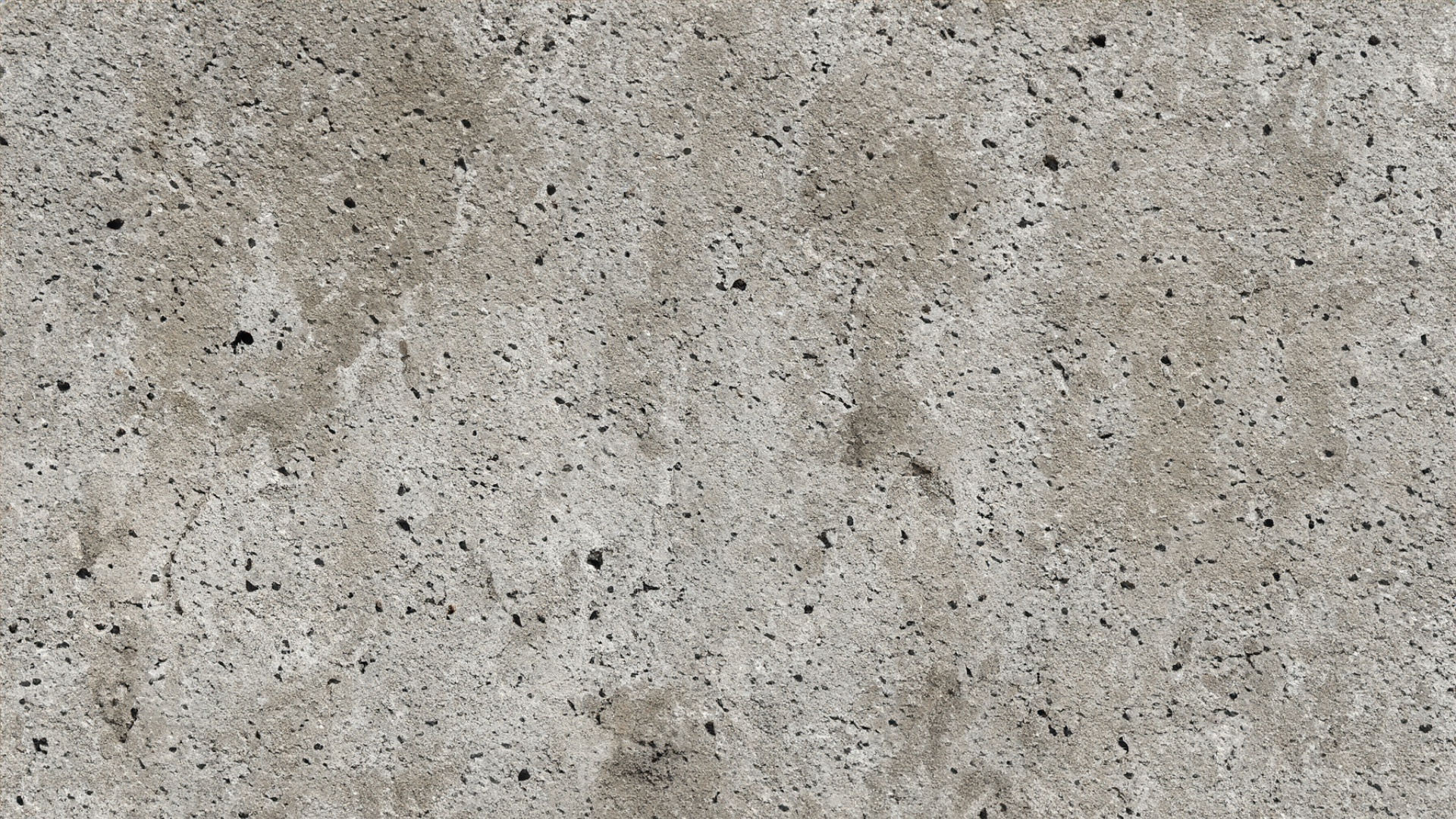
With a range of accessories, the Automatic Vicat Apparatus enhances its functionality and adaptability. Let’s see them:
Accessory for Continuous Needle Cleaning and In-Water Testing
-
LAN Hub: Provides PC connectivity for up to 7 VICAMATIC-2 units or up to 6 units in a multi-hub network. Each VICAMATIC-2 unit comes with a complete LAN cable for hub-to-PC connection.
-
Graphic Printer Upgrade: The VICAMATIC-2 can incorporate a graphic printer into its head. Factory-installed upgrade plots numerical and graphical test results, including penetration depth/time diagrams.
-
Needle for Final Setting Test EN: Specially designed needle for conducting final setting tests.
-
Cylindrical Probe for Consistency Test: Assesses materials and compliance with specific standards.
-
Water Thermostatic Unit: Compatible with VICAMATIC-2, allows connection of up to two units, operates at 230 V, 50-60 Hz, and 1 ph.
-
Conical Penetration Probe: Measures 8 mm in diameter and 50 mm in length, complete with a calibrated weight of 100g for gypsum testing.
-
Cylindrical Probe and Additional Weight: ASTM C807-compliant cylindrical probe and additional weight.
-
2 mm Diameter Needle for ASTM C807: Designed to meet ASTM C807 requirements.
-
Brass Cylindrical Mould for ASTM C807: Required for ASTM C807 sample preparation.
Automatic Vicat Apparatus Spare Parts
Spare parts are also available to ensure longevity and continuous operation of the Automatic Vicat Apparatus.
-
Thermo-Paper Roll for Printer: Available in a pack of 10 rolls.
-
Tang: A component used in a test apparatus.
-
Probe 300g: An application-specific weighted probe.
-
Needles: 1 mm diameter needles for ASTM standards and 1.13 mm diameter needles for EN standards.
-
Plastic Moulds: Available in 60/70 mm for ASTM and 70/80 mm for EN, and NF standards, used to prepare samples.
-
Glass Base Plate: Essential for setting up and conducting tests.
-
VICASOFT-PREMIUM Software: Enables remote control, data acquisition, processing, and printing of test reports for up to 32 VICAMATIC-2 units. Each unit is supplied with a LAN cable for communication via LAN port. Networks with more units require LAN hubs (not included).
Introduction to the Manual Vicat Apparatus
Following our exploration of the Automatic Vicat Apparatus, let’s turn our attention to the Manual Vicat Apparatus, a device with precision and reliability for cement and concrete testing. An apparatus such as this is essential for those who value hands-on testing methods in concrete formulation, research, quality inspections, and compliance assessments.
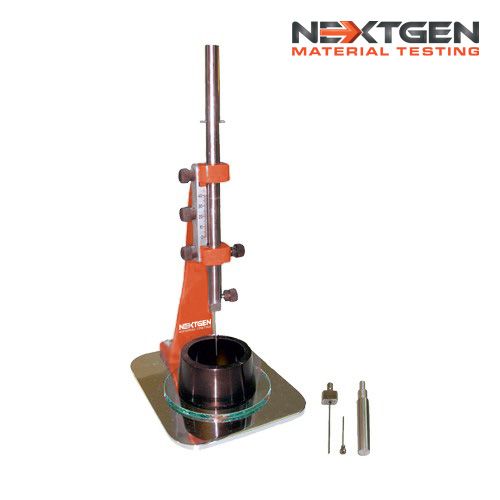
Understanding the Setting Time Determination
-
Key to Concrete Hardening: The Manual Vicat Apparatus is crucial for determining the initial and final setting times of concrete. Understanding these parameters is essential for understanding the transition between a fluid and a solid cement paste.
-
Initial Setting Time: This occurs when the 1 mm square needle cannot penetrate the cement paste more than 5 to 7 mm from the bottom of Vicat’s mold. As the cement paste solidifies, this indicates the beginning of the process.
-
Final Setting Time: The time when the cement paste has sufficiently hardened. A 1 mm needle makes an impact at this point, but a 5 mm needle does not. Cement must be set at this stage to withstand certain pressures without deforming.
Apparatus Design and Components
-
Vicat Frame Construction: The apparatus has a Vicat frame, VicatGen/M, which consists mainly of a metal stand with a sliding rod. With this simple yet effective design, testing is easy and accurate.
-
Adjustable Indicator and Graduated Scale: During testing procedures, an adjustable indicator moves over a graduated scale, allowing precise measurements to be taken.
-
Needle and Plunger Attachments: The bottom end of the rod is attached with a needle or plunger that makes up the test weight of 300 grams. Cement paste setting times can only be accurately determined by this setup.
-
Customizable Accessories: Accessories can be ordered separately based on specific testing requirements. The test system is available with basic EN accessories, ASTM/AASHTO accessories, or a combination of both (NG-L028).
Dimensions and Weight
-
Compact Dimensions: The apparatus measures 5.9 x 7.5 x 12.52 inches (15 x 19 x 31.8 cm). Compact size allows for easy storage and placement on standard workbenches in a variety of laboratory settings.
-
Lightweight Design: The Manual Vicat Apparatus only weighs 6.6 pounds (3 kg), enhancing its portability. In laboratories or testing environments with limited space or where apparatus must be moved frequently, this feature is particularly useful.
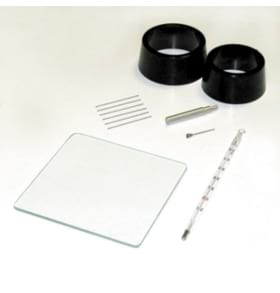
Cement Setting Time Finding Procedure Required Specification
To determine the cement setting time with the Manual Vicat Apparatus, certain specifications and additional tools are required:
-
Balance: For the precise measurement of cement and water in the test mix, a balance is needed.
-
Measuring Roller: Used for shaping and smoothing cement paste in molds.
-
Stopwatch: During the setting time test, a stopwatch is used to measure time intervals precisely.
-
Glass Dish: A glass dish should be the right size and depth to facilitate cement and water mixing.
-
Enamel Tray: The test sample must be prepared and handled on an enamel tray. Cement paste works well on its smooth surface.
-
Trowel: Trowels are used to mix and handle cement paste. In the mold, the mixture can be spread evenly and consistently.
Perfecting Cement Quality with Vicat Apparatus Testers
Through our exploration of Vicat Consistency Testers, we’ve delved into both the Automatic and Manual Vicat Apparatus. Each has its strengths in cement and concrete testing. For ensuring the quality and compliance of construction materials, these apparatuses are not merely tools but represent the pinnacle of precision and reliability.
A unique feature of the Automatic Vicat Apparatus is its advanced design and technology. With its user-friendly features and sophisticated electronic components, it is a popular choice for modern laboratories. In cement testing, the apparatus’ ability to automatically calculate setting times epitomizes efficiency and precision. Additionally, its spacious test area and versatile accessories, such as the in-water testing kit, make it suitable for a broad range of tests.
The Manual Vicat Apparatus, on the other hand, offers precision in a more hands-on way. Compact and lightweight, its design makes it suitable for a variety of environments. It requires specific tools for cement setting time tests. Those who prefer a tactile approach to material testing will appreciate its combination of simplicity and precision.
Summary
In the construction industry, both of these apparatuses play an essential role. In addition to providing accurate insights into the setting times of cement and concrete, they guarantee the structural integrity and longevity of construction projects. Their ability to adapt to different testing requirements and compliance with international standards proves their indispensable role in ensuring construction safety and quality.
As a result of the Automatic and Manual Vicat Apparatus, cement testing has reached a high standard. Research, quality inspections, and compliance assessments are crucial for construction material testing laboratories. These apparatuses make sure that construction materials meet the highest standards of safety and quality by combining innovative features with reliable performance.
Contact us or request an online quote if you have questions about the Automatic and Manual Vicat Apparatus functionalities. You can rely on our team to assist you with your cement testing needs.
